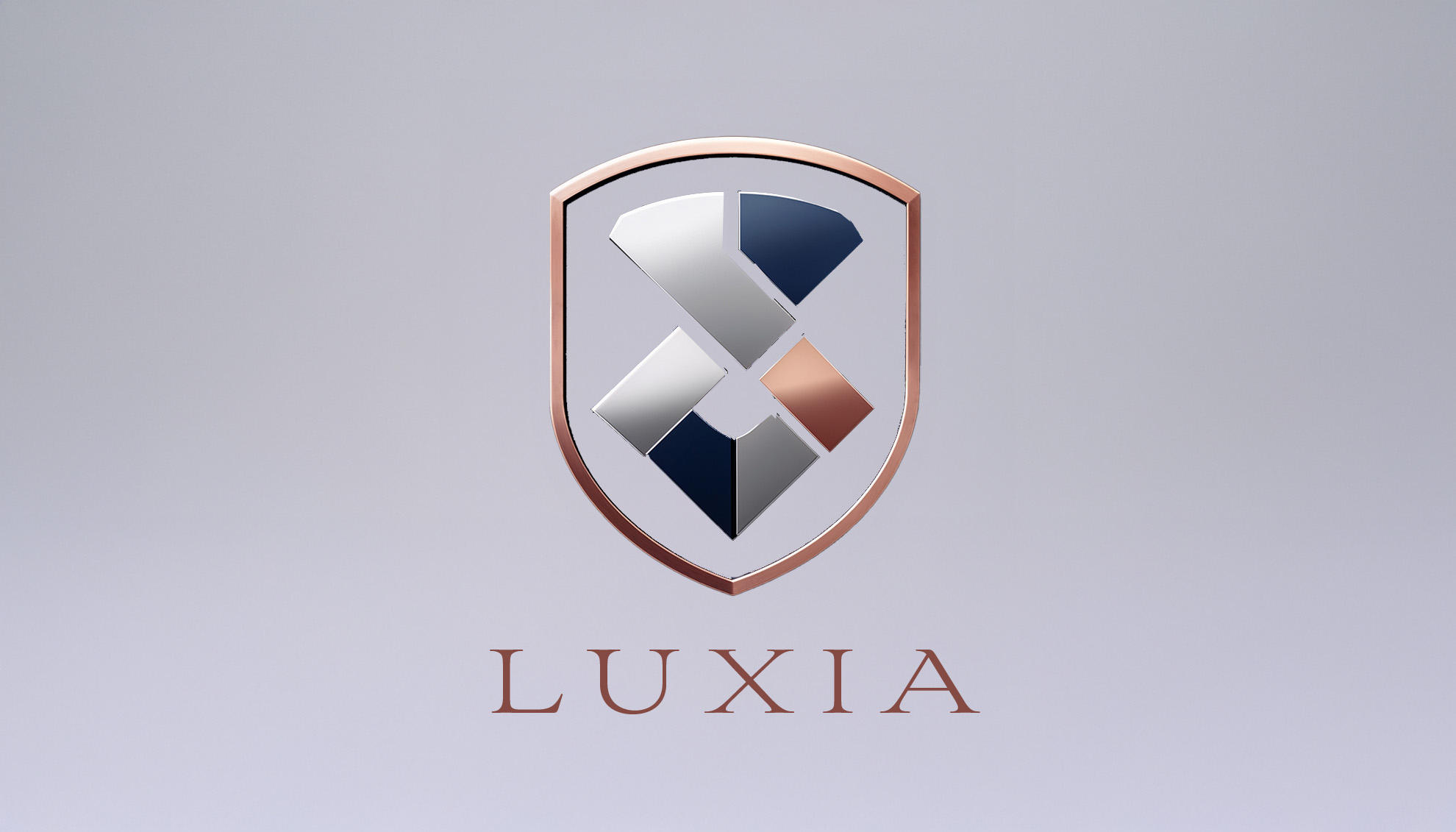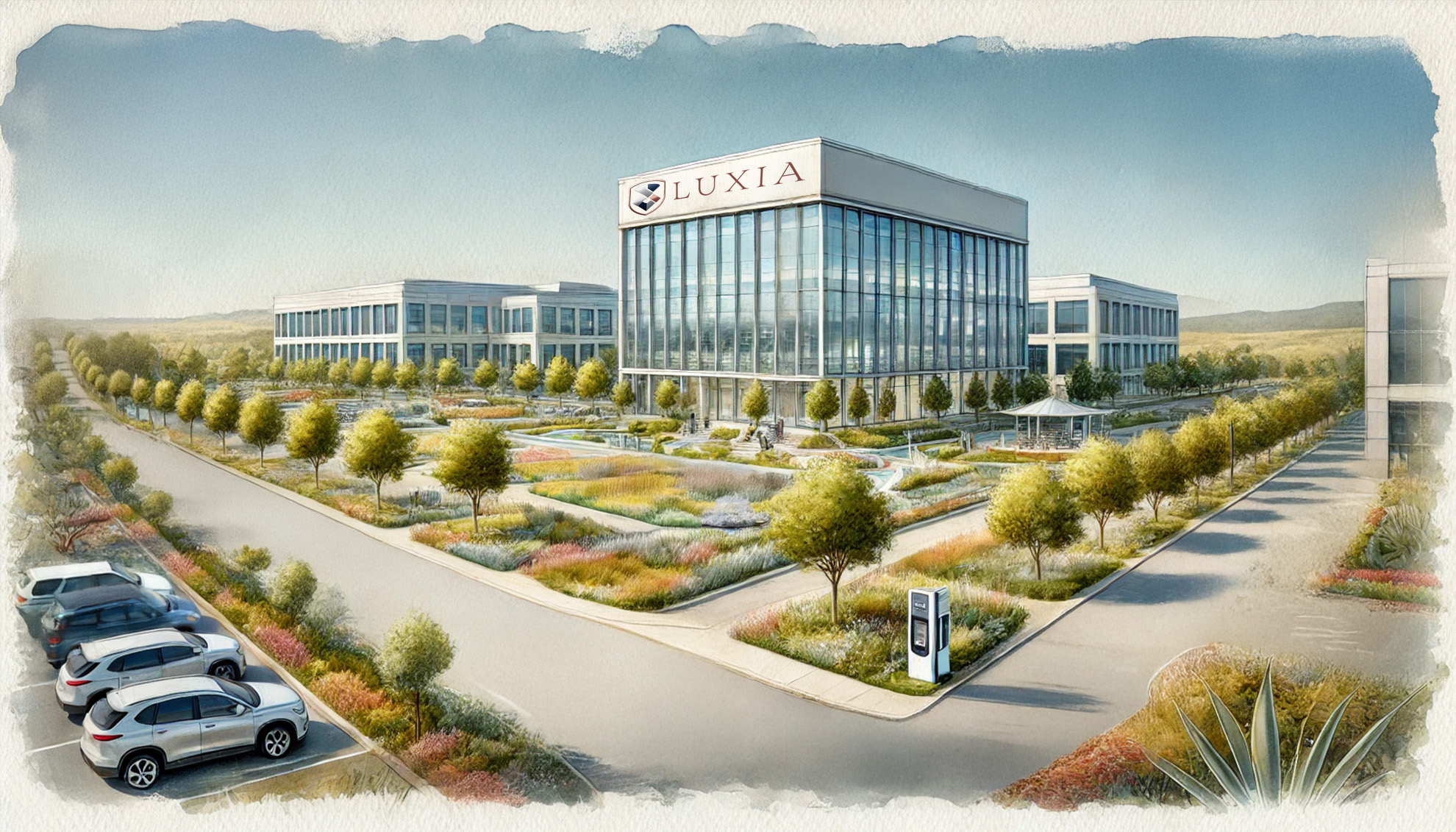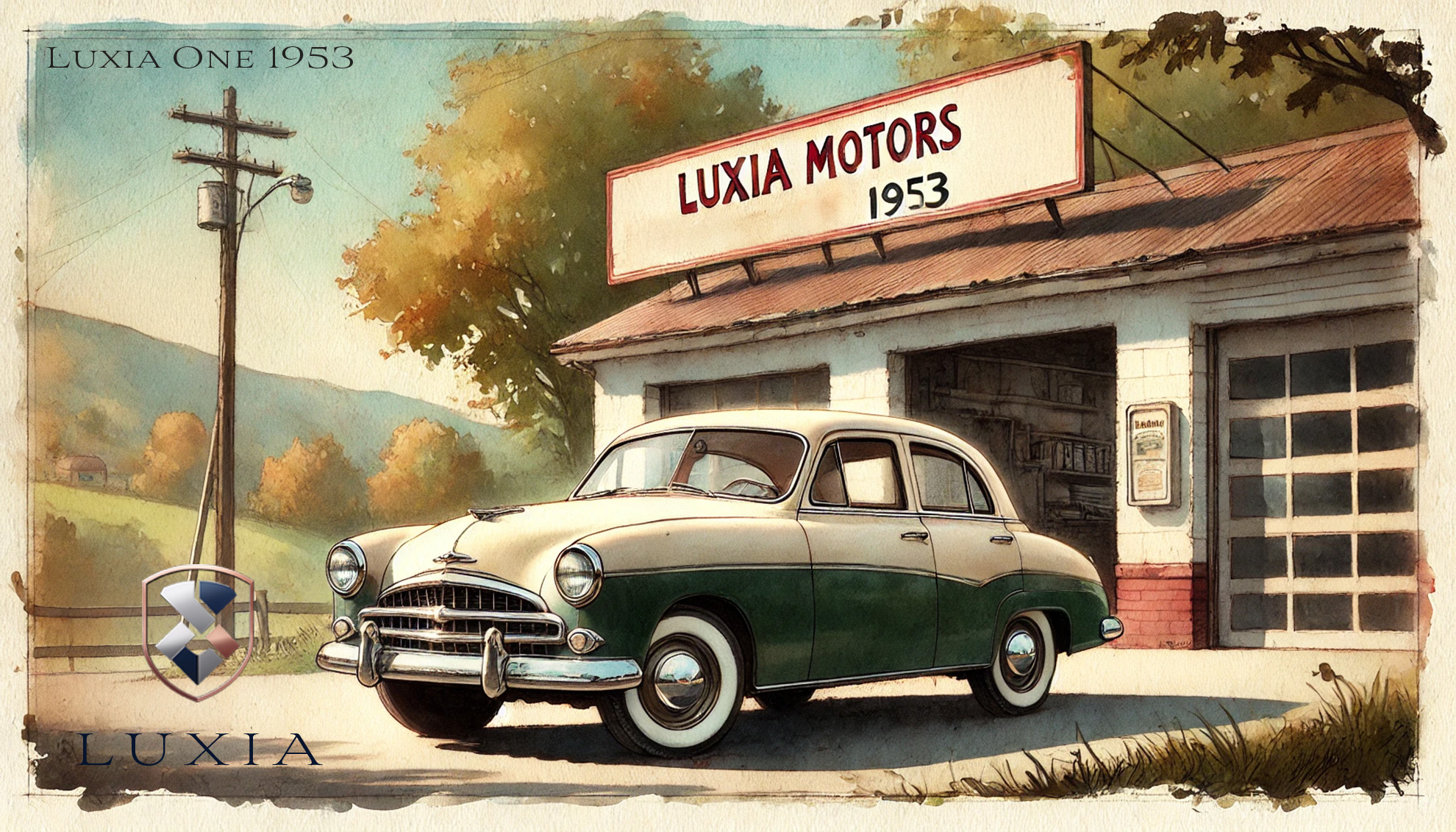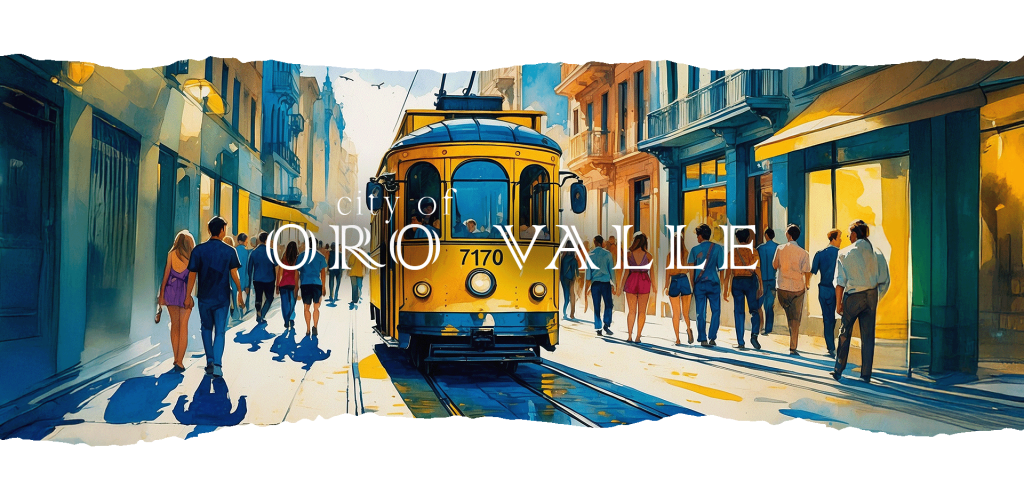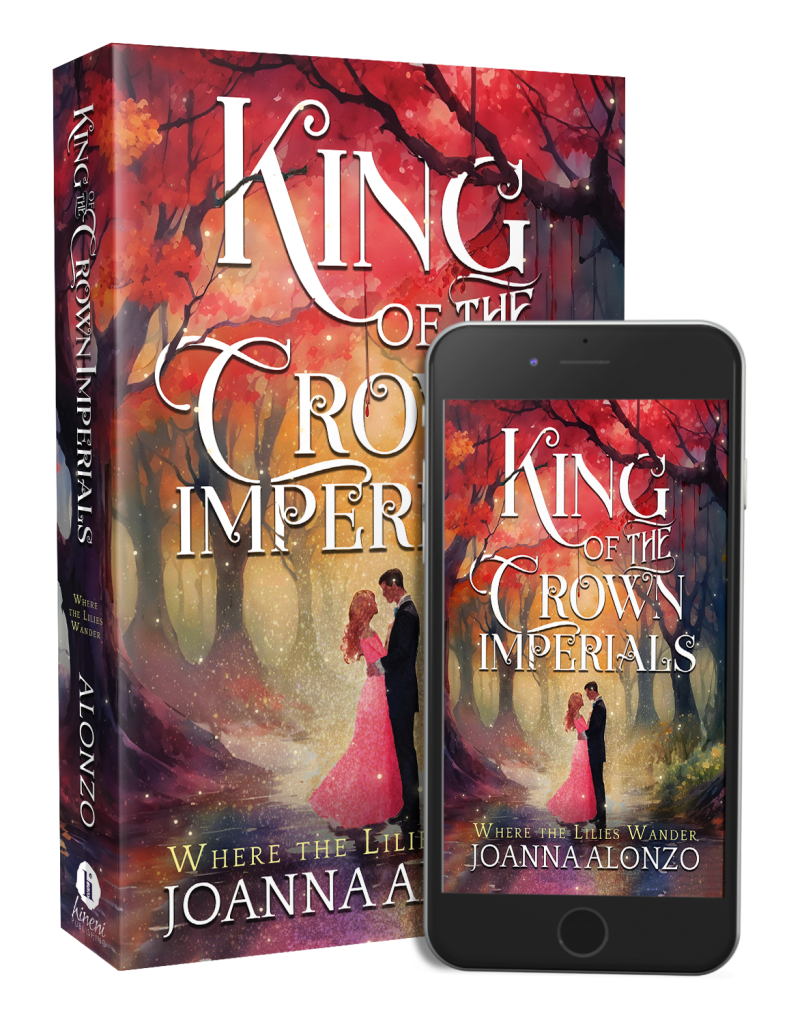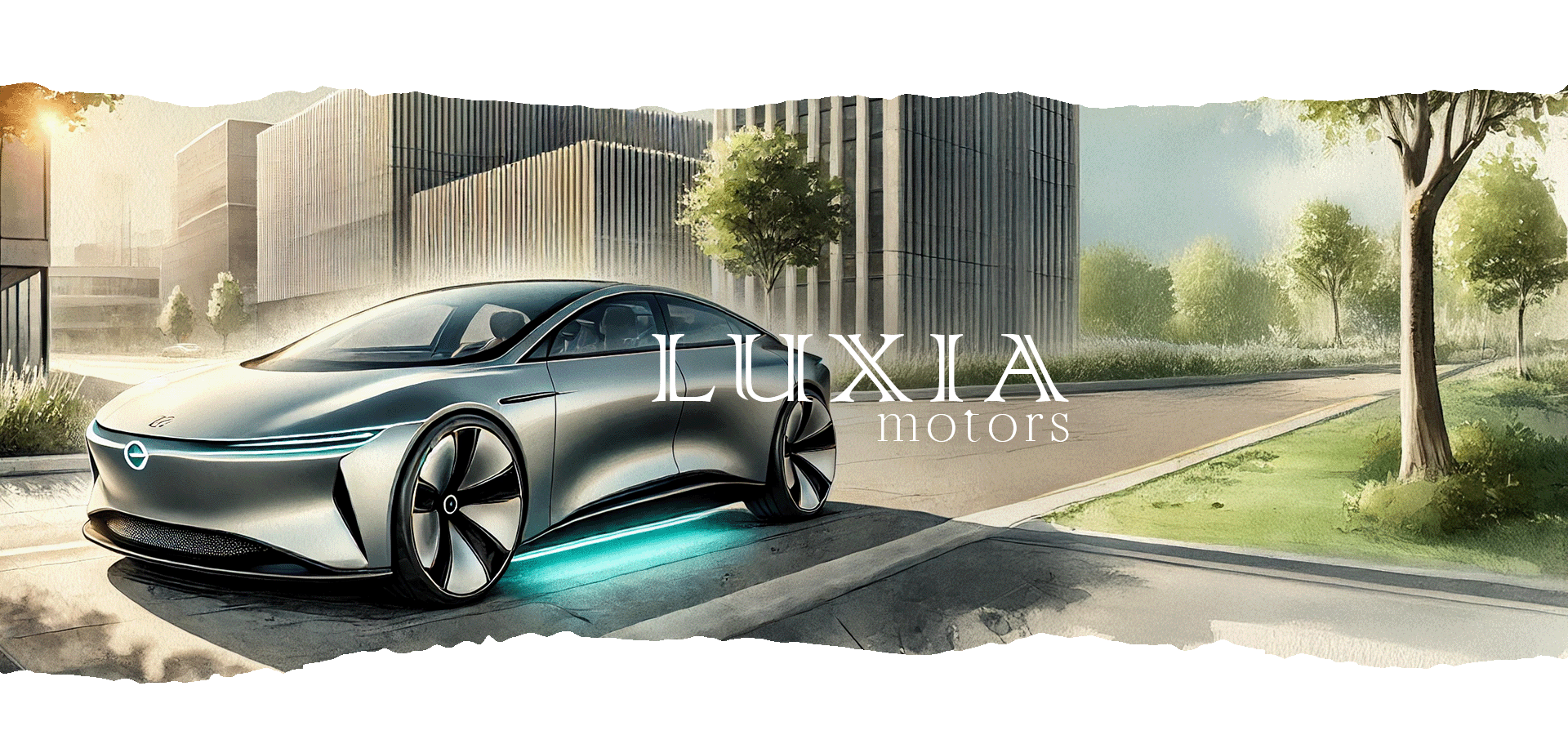
Luxia Motors | Car Brand | Founded in 1953 by Amos Kent
Driven for All.
Founded in the early 1950s in Oro Valle, Ancoria by visionary engineer Amos Kent, Luxia began as a humble effort to create vehicles that served everyday people in a postwar world. What started in a modest workshop nestled in the industrial heart of Oro Valle quickly grew into one of Ancoria’s most trusted automotive brands.
Built on the belief that mobility should be both accessible and aspirational, Luxia’s core mission is to serve people from all walks of life — from the hardworking commuter to the design-conscious professional. Over the decades, Luxia has evolved its offerings, ranging from durable, mid-range family vans like the Luxia Core, to sleek, luxury sedans and electric models that reflect modern prestige and innovation.
Today, Luxia remains a cornerstone of Ancorian engineering — reliable, adaptable, and driven by purpose. Whether you’re chasing new horizons or just making it home for dinner, Luxia is built to go the distance.
Luxia Headquarters in Oro Valle, Ancoria
Sample Car Models
Luxia One (1953)
The Luxia One, released in 1953, was more than just the company’s debut — it was a symbol of postwar resilience and forward-looking design. Born from the vision of founder Amos Kent in the industrial heart of Oro Valle, Ancoria, the Luxia One was created to meet the transportation needs of a growing middle class in a country ready to rebuild and move forward.
A mid-sized family sedan, the Luxia One featured a rounded steel body, chrome-accented grille, and large circular headlights, all hallmarks of 1950s automotive charm. Its two-tone paint options — typically in rich hues like forest green with cream or burgundy with ivory — gave it a presence that was both approachable and stylish. Inside, it offered durable bench seating, a simplified dashboard, and a sense of thoughtful practicality, designed to accommodate both families and working-class professionals alike.
Under the hood, the Luxia One housed a modest inline-4 engine, delivering steady performance and fuel efficiency ideal for both urban roads and country travel. Its appeal lay not in extravagance, but in reliability, accessibility, and understated confidence — a vehicle that invited people from all walks of life to take the wheel.
Though humble in its launch, the Luxia One would go on to lay the foundation for a brand legacy, establishing Luxia as a manufacturer that could span generations — from practical beginnings to prestige innovation.
Luxia Core (2000)
Released at the turn of the millennium, the 2000 Luxia Core embodies reliability, resilience, and real-world practicality. Designed during a transitional era in Ancorian life, the Core was Luxia’s answer to the growing demand for affordable, versatile family vehicles that could withstand long drives, variable weather, and the unpredictability of life on the road.
With its boxy silhouette, durable suspension, and no-frills interior, the Core wasn’t about flash — it was about function. Built with reinforced steel framing, ample cabin space, and a fuel-efficient mid-range engine, this van became a staple for families, teachers, tradespeople, and anyone needing to get from city to valley without breaking the bank.
Over time, the 2000 Core became affectionately known as a “workhorse on wheels” — sturdy enough to haul furniture, gentle enough for school runs, and reliable enough to survive the winding roads of Ancoria’s isledoms. It didn’t come with luxury trims or top-tier electronics, but it came with something better: trust.
Now a second-hand classic, the Luxia Core reminds us that sometimes, what matters most isn’t how fast you get there — but what holds together when life takes the long road.
Luxia Ash (2013)
Released in a limited run of just 100 units, the Luxia Ash is a rare luxury convertible that blends precision engineering with understated elegance. With its charcoal-gray body, retractable soft top, and turbocharged V6 engine, the Ash was designed for smooth, high-performance driving across Ancoria’s winding coastlines and highland roads.
Inside, it features handcrafted leather seats, a minimalist digital console, and inlays of reclaimed Erodel oak—details that reflect Luxia’s signature blend of modern refinement and Ancorian heritage.
Marketed as “Built for the Few Who Know the Way,” the 2013 Luxia Ash remains one of the most coveted and collectible vehicles in the brand’s legacy.
Find Luxia Headquarters Here:
Books:



